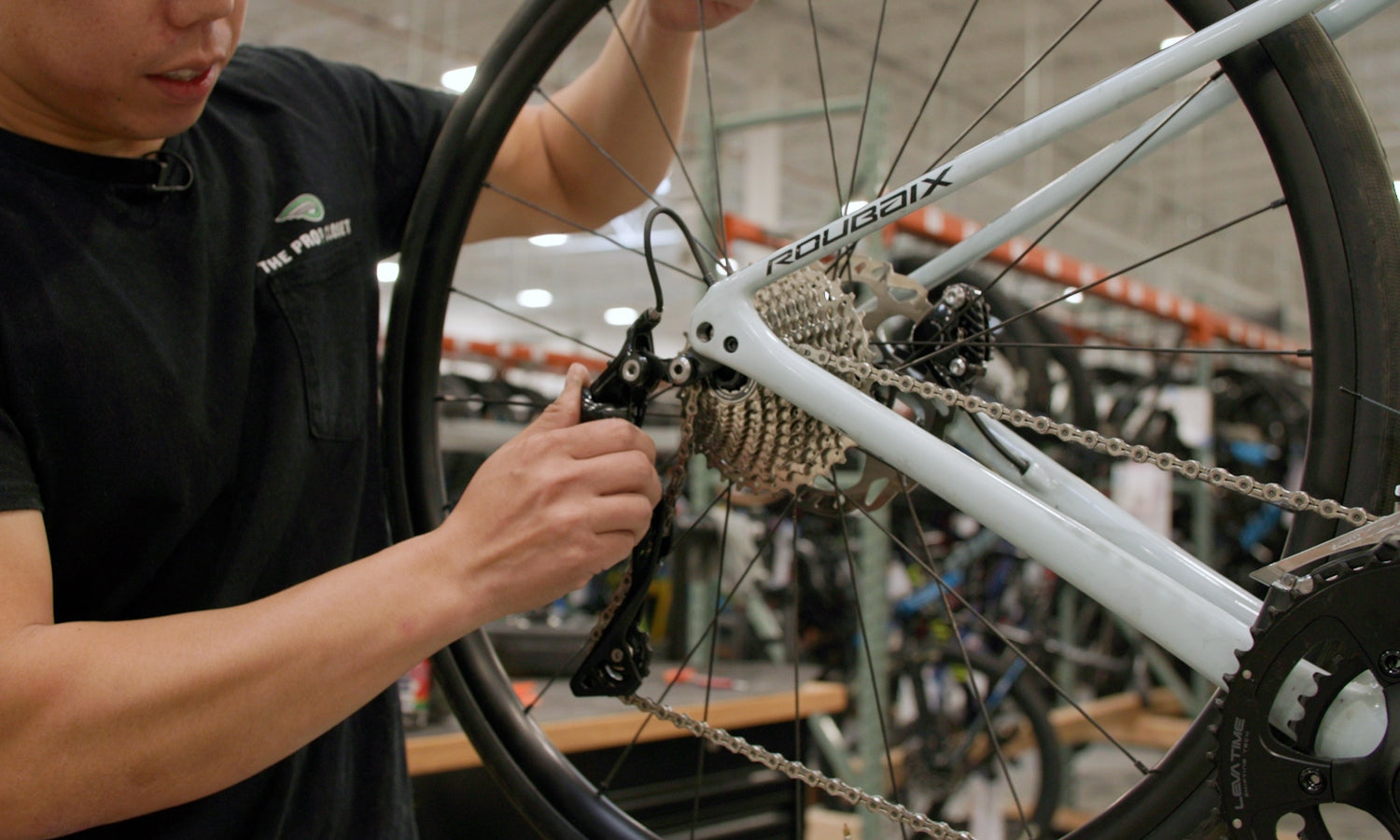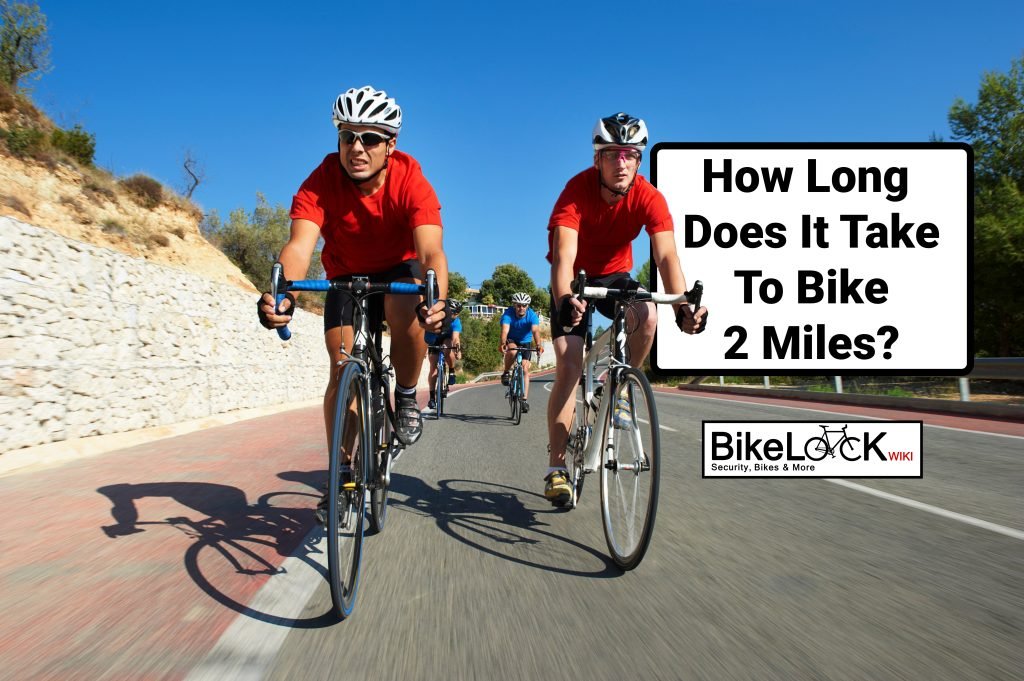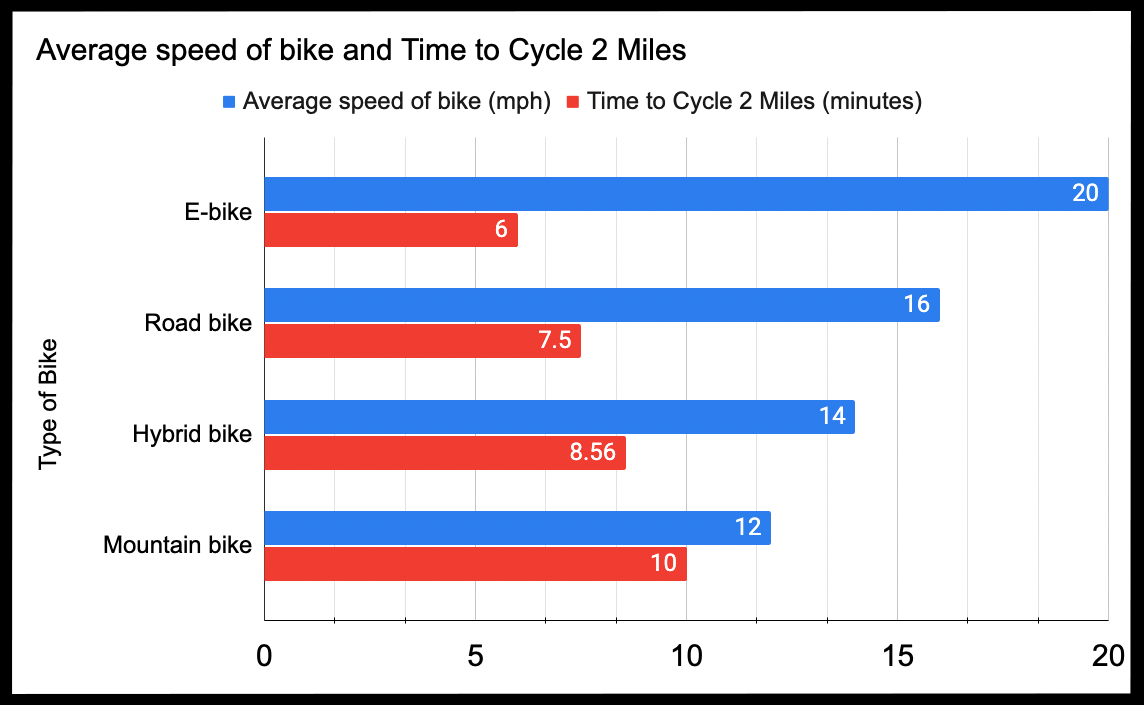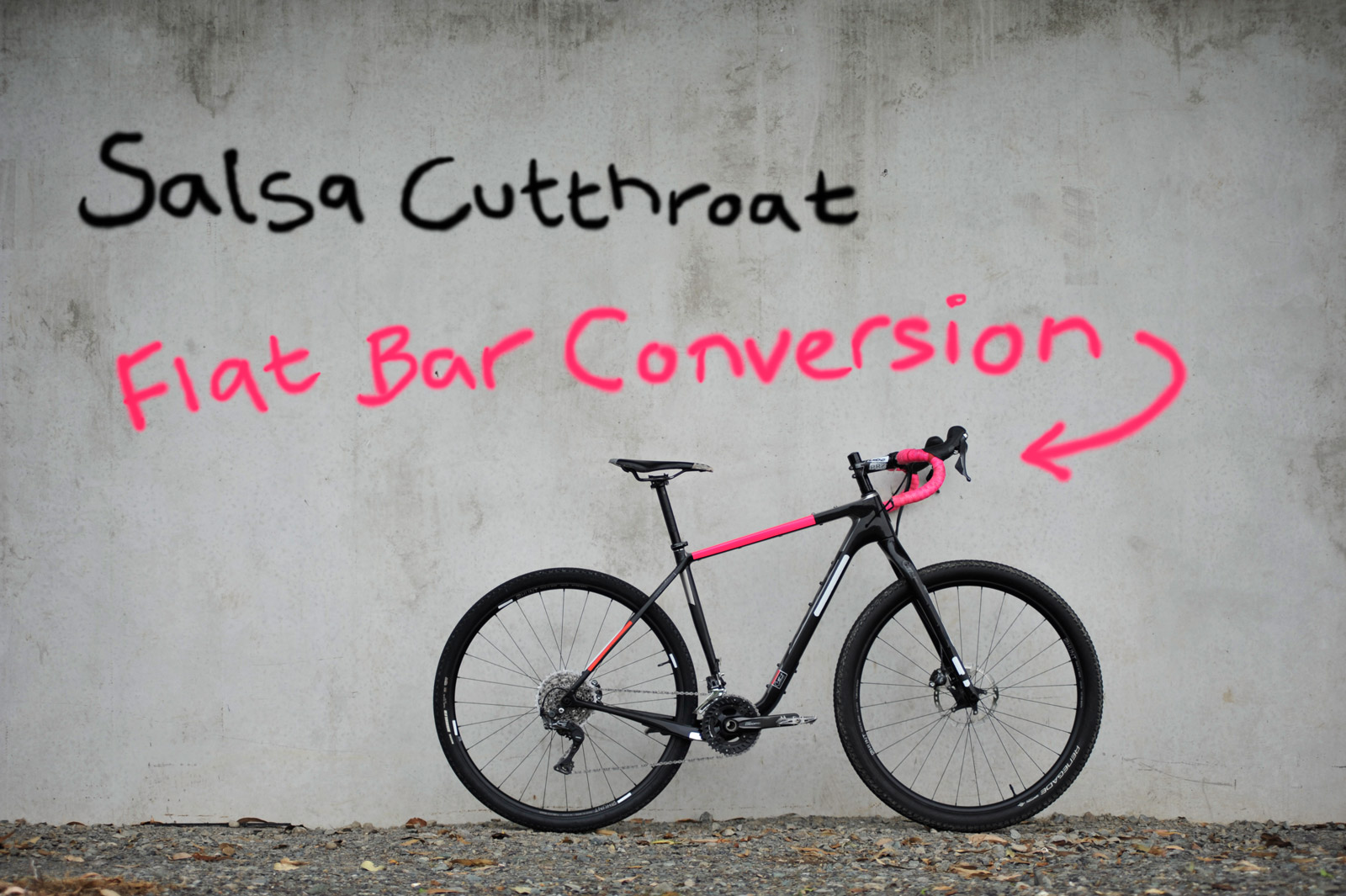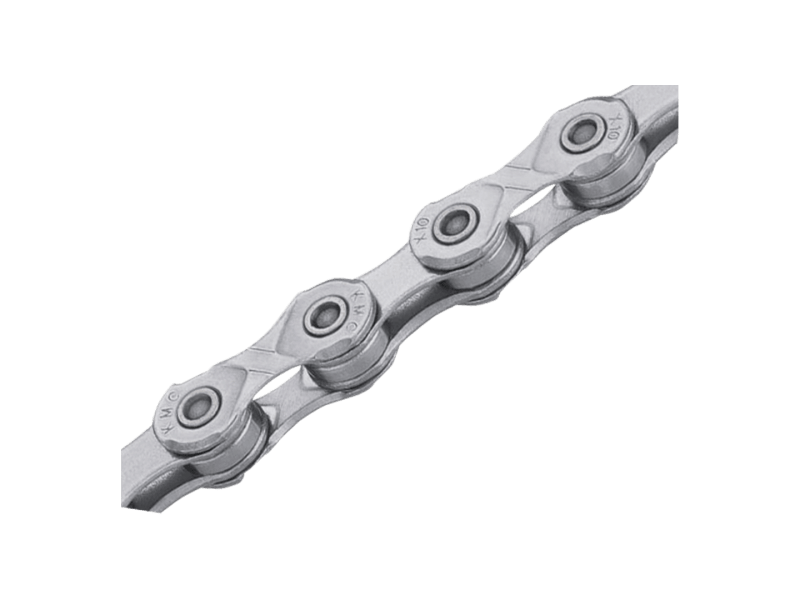Road bike tire sizing charts help cyclists select the right tire for their bike. Proper sizing ensures optimal performance and safety.
Choosing the right road bike tire size is crucial for a smooth and efficient ride. A tire sizing chart helps you match your bike’s specifications with the correct tire dimensions. Understanding tire measurements can improve your biking experience, making it safer and more enjoyable.
The chart typically includes width, diameter, and compatibility information. This guide will help you avoid common mistakes and ensure your bike operates at its best. Proper tire sizing also enhances grip, reduces wear, and improves overall bike handling. Always consult a reliable chart to ensure you pick the perfect tire for your needs.
Introduction To Road Bike Tires
Road bike tires are crucial for your cycling experience. They affect speed, comfort, and safety. Understanding tire sizing helps you choose the right tires. This guide will make it easy to grasp the essentials.
Importance Of Proper Tire Sizing
Proper tire sizing impacts your bike's performance. Incorrect sizes can lead to accidents or poor handling. Let's explore why it matters:
- Speed: Right sizes ensure optimal speed and efficiency.
- Comfort: Properly sized tires offer a smoother ride.
- Safety: Correct sizing reduces the risk of blowouts.
Use a tire sizing chart to select the perfect tires for your bike. This chart helps you match tire width and diameter to your bike.
Common Tire Types
Road bike tires come in different types. Each type serves a unique purpose. Here are the common types:
- Clincher Tires: These are the most popular. They are easy to install and repair.
- Require inner tubes
- Affordable and widely available
- Tubeless Tires: These provide a smoother ride. They have no inner tubes.
- Lower risk of punctures
- Better traction and comfort
- Tubular Tires: Preferred by professional racers. They are glued to the rim.
- Lighter and more flexible
- Higher performance but harder to repair
Choose the type that fits your cycling needs. Each type offers unique benefits.
| ETRTO | Inch | French |
|---|---|---|
| 23-622 | 700x23C | 23-700 |
| 25-622 | 700x25C | 25-700 |
| 28-622 | 700x28C | 28-700 |
Use this chart to find the right tire size for your bike. It lists sizes in different formats.
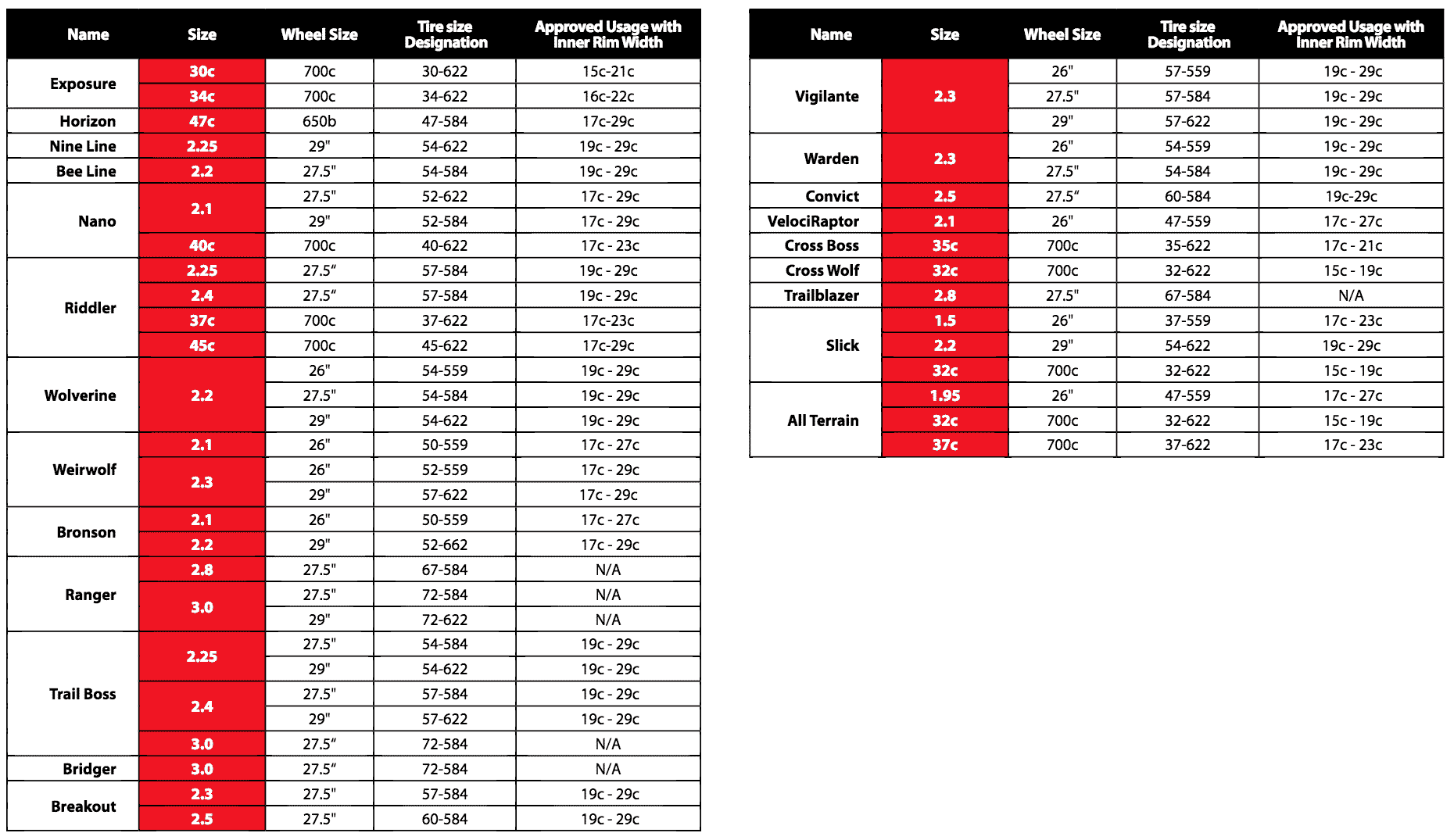
Credit: bikerumor.com
Understanding Tire Sizes
Choosing the right tire size for your road bike is essential. It affects performance, comfort, and safety. In this guide, we'll help you understand the two main aspects of tire sizing: Tire Width and Tire Diameter.
Tire Width
Tire width is the measurement of the tire's surface that touches the ground. It is usually measured in millimeters (mm). Common road bike tire widths range from 23mm to 32mm.
Here’s a simple table to illustrate common tire widths and their typical uses:
| Tire Width (mm) | Best For |
|---|---|
| 23mm | Racing |
| 25mm | General Road Cycling |
| 28mm | Commuting |
| 32mm | Long-Distance Touring |
Wider tires offer more comfort and better grip. Narrower tires are lighter and faster but less comfortable.
Tire Diameter
Tire diameter is the measurement of the tire's outer circumference. It is typically measured in inches. The most common diameter for road bikes is 700c.
Here are the common tire diameters:
- 700c - Standard for road bikes
- 650b - Smaller wheels, often used on gravel bikes
700c tires are suitable for most road biking needs. 650b tires are for smaller frames or specific terrains.
Understanding these measurements helps you select the right tire for your needs. Choose wisely for the best riding experience.
Measuring Your Current Tires
Accurate tire measurements are essential for a smooth ride. Knowing your tire size is crucial for bike maintenance and performance. This section explains how to measure your current road bike tires.
Tools Needed
- Ruler or Measuring Tape: Essential for measuring tire diameter and width.
- Caliper: Useful for precise width measurements.
- Notebook and Pen: Record your measurements for future reference.
- Bike Stand: Keeps your bike stable during measurement.
Step-by-step Guide
- Stabilize Your Bike: Place your bike on a stand to keep it steady.
- Measure Tire Diameter: Use a ruler to measure the tire's diameter from edge to edge.
- Measure Tire Width: Use a caliper to measure the width of the tire at its widest point.
- Check the Tire Label: Look for size information printed on the tire sidewall. It usually shows in the format “700x25c”.
- Record Measurements: Write down the diameter and width in your notebook.
| Measurement | Tool | Details |
|---|---|---|
| Diameter | Ruler or Measuring Tape | Measure from edge to edge across the tire. |
| Width | Caliper | Measure the widest part of the tire. |
| Label Check | None | Read size info on the tire sidewall. |
Accurate measurements help you choose the right tire size. This ensures a better biking experience and safety.
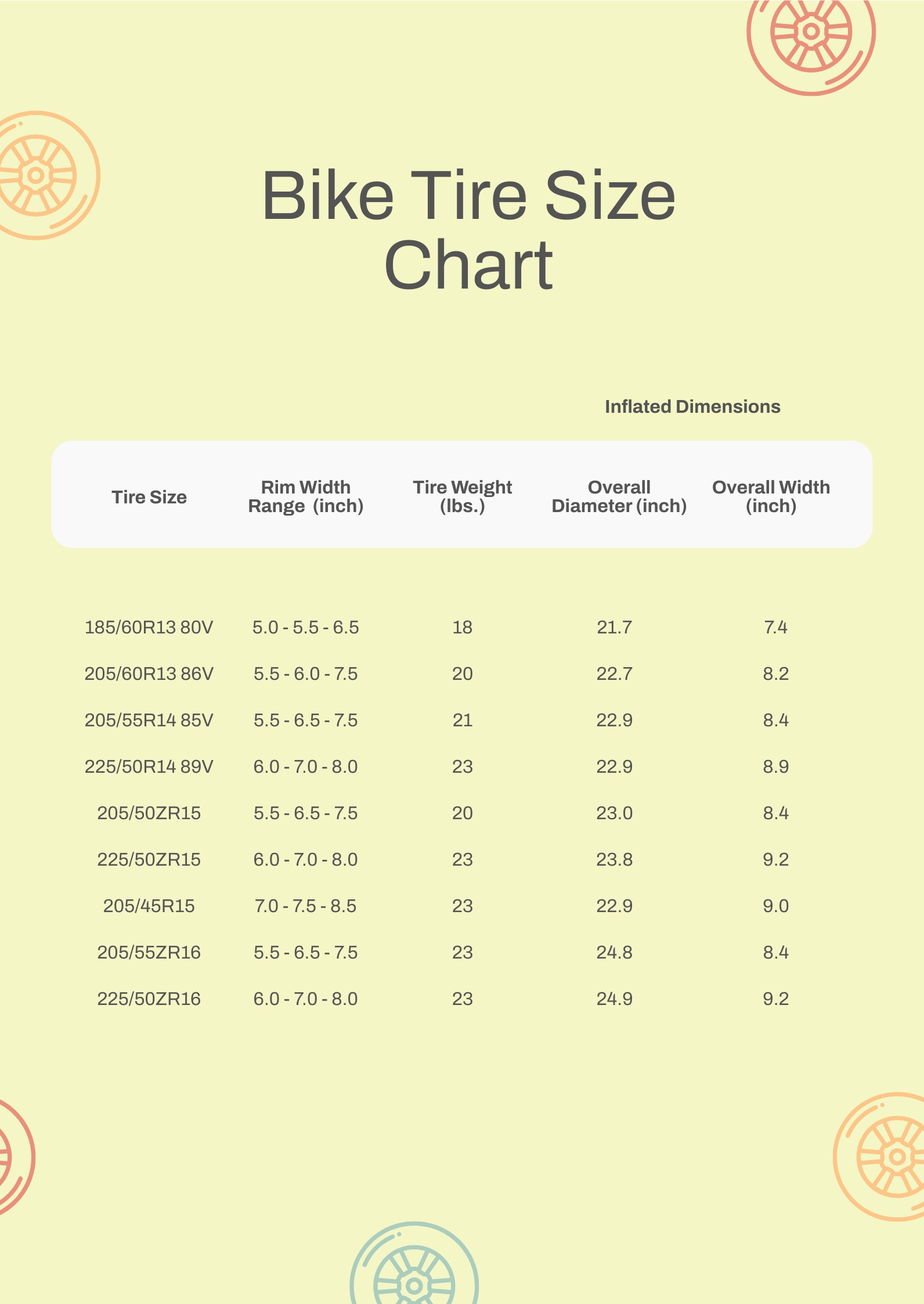
Credit: www.template.net
Tire Sizing Chart Explained
Understanding bike tire sizes can be confusing. A tire sizing chart helps simplify this. This guide will explain how to read and interpret the chart.
Reading The Chart
The tire sizing chart includes important measurements. These include tire width, diameter, and bead seat diameter.
Here is a basic tire sizing chart:
| Tire Size | Width (mm) | Diameter (mm) | Bead Seat Diameter (mm) |
|---|---|---|---|
| 700x23C | 23 | 700 | 622 |
| 700x25C | 25 | 700 | 622 |
| 700x28C | 28 | 700 | 622 |
Interpreting Measurements
Each column in the chart provides specific information:
- Tire Size: Combination of diameter and width.
- Width: Tire width in millimeters.
- Diameter: Outer diameter of the tire.
- Bead Seat Diameter: Diameter of the tire where it sits on the rim.
For example, a tire labeled 700x23C has a diameter of 700 mm and a width of 23 mm. The bead seat diameter is a constant 622 mm for 700C tires. This helps ensure compatibility with rims.
Knowing these measurements helps you choose the right tire. This ensures a perfect fit for your bike.
Factors Affecting Tire Choice
Choosing the right road bike tire is crucial. Several factors can impact your decision. These include the terrain you will ride on and the weather conditions. Let’s explore these elements in more detail.
Riding Terrain
The surface you ride on can significantly influence your tire choice. Here are some common terrains and their requirements:
- Smooth Asphalt: Opt for narrow tires (23-25mm). They reduce rolling resistance and increase speed.
- Rough Roads: Choose wider tires (28-32mm). They offer better comfort and grip.
- Gravel Paths: Go for even wider tires (35mm+). They ensure stability and traction on loose surfaces.
Weather Conditions
Weather also plays a key role in tire selection. Different conditions call for different tire features:
- Dry Conditions: Slick or semi-slick tires are ideal. They provide maximum contact with the road.
- Wet Conditions: Tires with tread patterns are better. They help channel water away and improve grip.
- Winter Riding: Consider tires with more robust construction. They resist punctures and maintain traction in colder weather.
Understanding these factors helps in making an informed tire choice. This ensures a safer and more enjoyable ride.
Popular Tire Sizes
Choosing the right tire size is crucial for your road bike's performance and comfort. This section will guide you through the most popular road bike tire sizes, ensuring you make an informed decision.
Standard Sizes
Standard tire sizes offer a good balance between speed and comfort. These sizes are suitable for most road biking conditions.
| Tire Size | Width (mm) | Usage |
|---|---|---|
| 700x23c | 23 | Racing |
| 700x25c | 25 | General Road Riding |
| 700x28c | 28 | Commuting |
Performance Sizes
Performance tire sizes are designed for speed and agility. They are often used by competitive cyclists.
- 700x20c: These tires are very narrow, offering less rolling resistance.
- 700x22c: Slightly wider, they provide a balance between speed and control.
- 700x24c: Wider than 22c, they offer more grip and stability.
Each tire size serves a unique purpose. Choosing the right one can improve your biking experience significantly.
Tips For Choosing The Right Tire
Choosing the right road bike tire ensures a smooth and enjoyable ride. The right tire can enhance speed, comfort, and safety. Here are some tips to help you make the best choice.
Matching With Rims
Your tire size should match your rim size perfectly. Check the manufacturer’s specifications for your bike. Use a table to find the right match.
| Rim Width (mm) | Tire Width (mm) |
|---|---|
| 13 | 18-25 |
| 15 | 23-32 |
| 17 | 25-50 |
A tire too wide or narrow for the rim can cause issues. Always double-check the compatibility.
Balancing Speed And Comfort
Speed and comfort are key factors in choosing tires. Narrow tires (23-25mm) are faster and lighter. They suit racing and smooth roads.
- 23-25mm: High speed, less comfort.
- 28-32mm: Balance speed and comfort.
- 35mm+: More comfort, less speed.
Wider tires (28-32mm) offer more comfort and stability. They are ideal for rough roads and long rides.
Assess your riding needs to find the perfect balance.
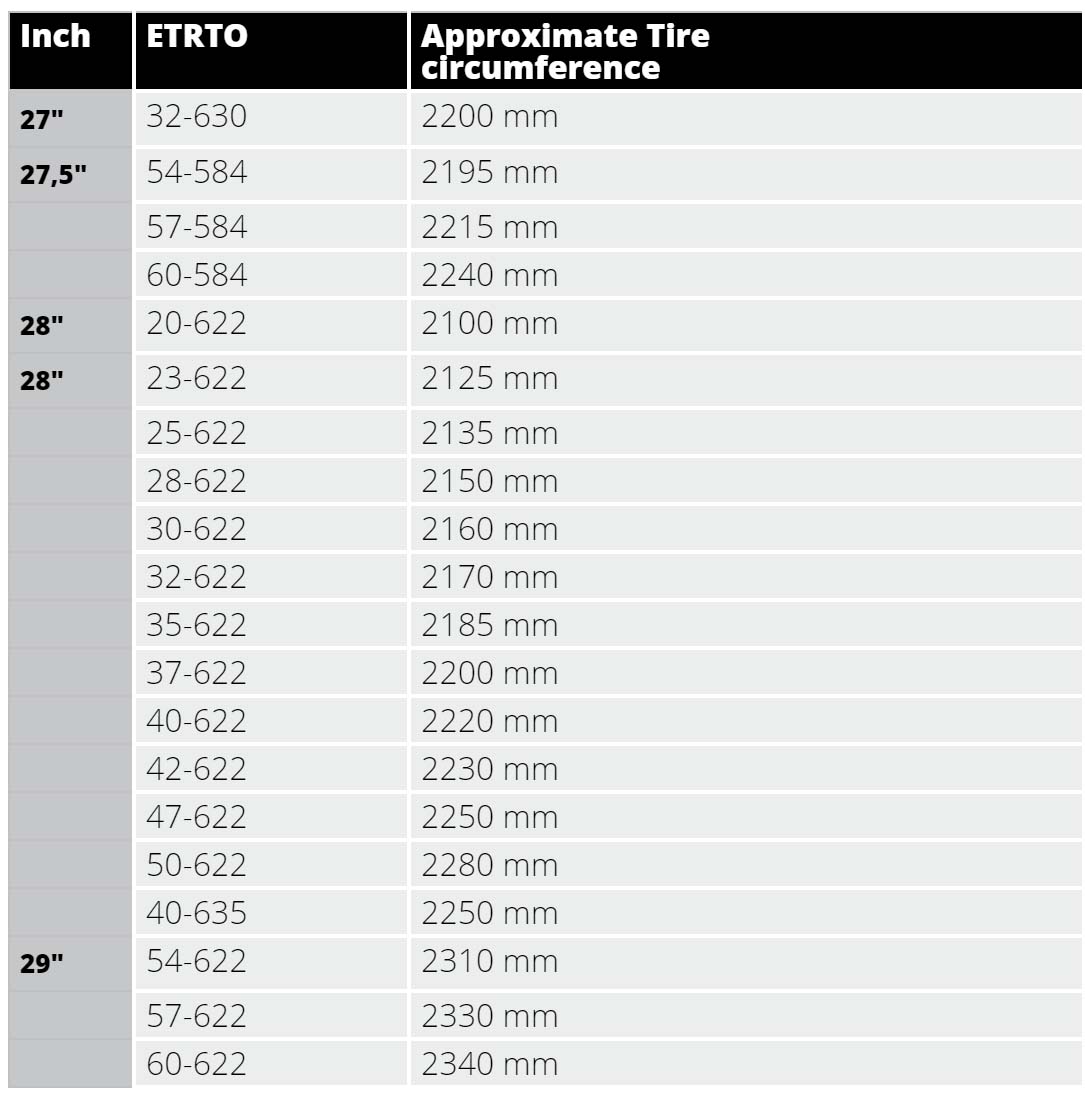
Credit: www.schwalbetires.com
Maintaining Your Road Bike Tires
Maintaining your road bike tires is crucial for a safe ride. Proper care ensures longevity and optimal performance. Regular inspections, proper inflation, and timely replacements are key.
Regular Inspections
Inspect your tires before every ride. Look for cuts, punctures, and wear. Check the tread for uneven wear patterns. Ensure there are no embedded objects like glass or stones. Regular checks prevent sudden flats and blowouts.
Proper Inflation
Maintaining the correct tire pressure is essential. Use a reliable tire gauge to check pressure. Refer to the sidewall of your tire for the recommended PSI. Proper inflation improves performance and reduces wear.
| Tire Size | Recommended PSI |
|---|---|
| 700x23c | 100-120 PSI |
| 700x25c | 90-110 PSI |
| 700x28c | 80-100 PSI |
Always check tire pressure before each ride. Under-inflation can cause pinch flats. Over-inflation reduces traction and comfort.
- Weekly: Check tire pressure.
- Monthly: Inspect for wear and tear.
- Annually: Replace old tires.
Frequently Asked Questions
What Size Tires Do Road Bikes Use?
Road bikes typically use tire sizes ranging from 23mm to 32mm. The most common size is 25mm.
How Do I Know My Bike Tire Size?
Check the sidewall of your current tire. It shows the size in millimeters, like 700x25c.
Can I Put Wider Tires On My Road Bike?
Yes, but ensure your bike frame and brakes have enough clearance for wider tires.
Why Choose Narrower Tires For Road Bikes?
Narrower tires reduce rolling resistance, increasing speed on smooth surfaces. They're ideal for racing and smooth roads.
Conclusion
Choosing the right road bike tire size is crucial for performance and safety. Use our sizing chart for guidance. Always consider your riding style and terrain. Proper tire size enhances your biking experience. Stay informed and make smart decisions for a smoother ride.
Happy cycling!

